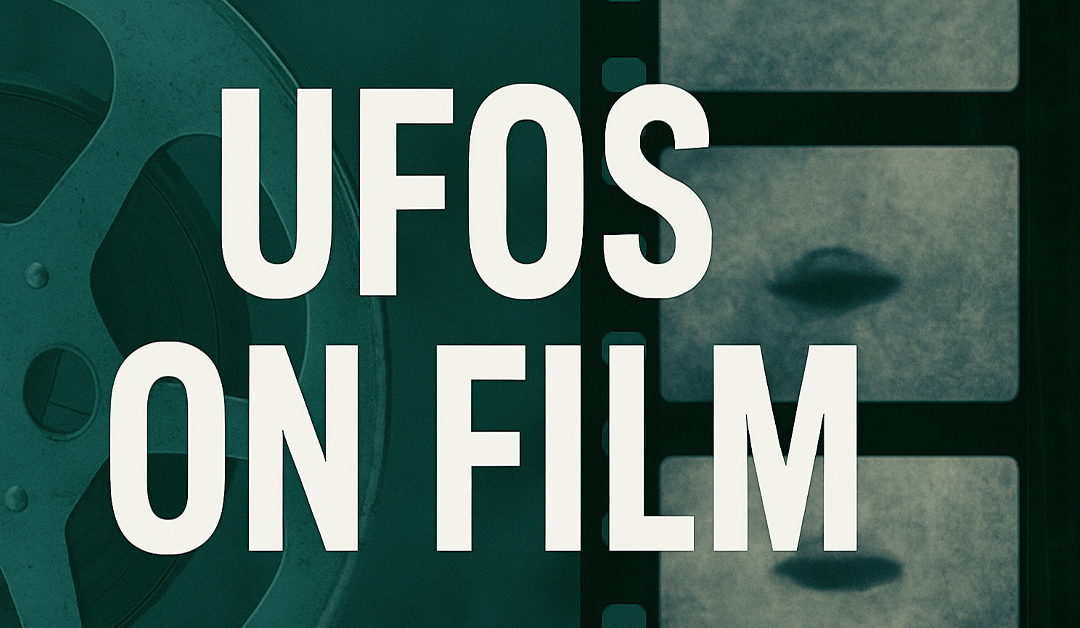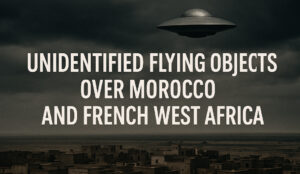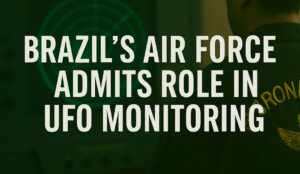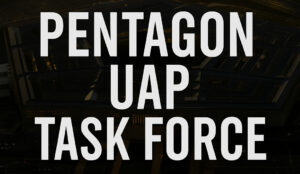In a quietly compiled Air Force summary titled “Reported Photography of Unidentified Flying Objects,” government analysts reviewed dozens of civilian and military UFO photo submissions from across the United States-seeking hard evidence for the unexplained aerial phenomena dominating headlines in the 1950s.
What they found was far from clear. The quality of evidence ranged from blurry streaks to detailed prints, with each image posing more questions than answers.
"The reported sightings include numerous cases where photographic evidence was submitted by civilians and military personnel alike."
🗺️ Sightings Coast to Coast
The reviewed reports spanned the country, from:
-
Farmington, New Mexico
-
Portland, Oregon
-
Great Falls, Montana
-
Philadelphia, Pennsylvania
Many images were captured near Air Force installations or urban centers, with witnesses ranging from amateur shutterbugs to trained Air Force photographers.
The photographic formats varied-ranging from handheld camera shots and motion picture reels to high-altitude aerial film.
Despite this variation, one theme recurred: most images defied easy explanation.
"In many cases, the objects appear luminous, spherical, or disc-shaped, with no discernible propulsion system."
🧪 Photos Under Scrutiny
Each submission underwent visual inspection and technical analysis.
The findings were mixed:
-
Some images were attributed to lens flares, reflections, or double exposures
-
Others remained genuinely unidentifiable, even after expert review
-
Several frames showed sharp-edged, geometrically consistent shapes, raising eyebrows
Motion picture footage from Montana showed fast-moving objects that changed direction abruptly-something conventional aircraft of the era couldn’t do easily.
Investigators noted that some still photographs appeared consistent with metallic, structured craft, though resolution limitations prevented definitive identification.
"Where photographic negatives were available, they were subjected to densitometric analysis and image enlargement."
🧍The Human Element
Eyewitness reports submitted with the photographs were crucial.
Some cases involved multiple observers who saw the same object from different vantage points.
Others had radar confirmation alongside the imagery.
Still, the memo reveals a prevailing tone of cautious skepticism.
Air Force analysts avoided conclusive statements about any extraterrestrial origin.
Instead, the focus was on methodical data collection, photograph authentication, and weeding out hoaxes or misinterpretations.
"It is emphasized that no single photograph has provided definitive evidence of the origin, nature, or intent of the observed phenomena."
📂 A Visual Record That Endures
This document doesn’t deliver dramatic proof-but it serves a quieter, more persistent purpose.
It confirms that photographic evidence was not dismissed out of hand, and in fact, was archived and examined with rigor.
Even in a skeptical environment, some frames were compelling enough to remain unexplained.
This report stands as proof that for decades, the U.S. government was not only tracking UFOs-but cataloging them in the clearest way it could: through the lens of a camera.






